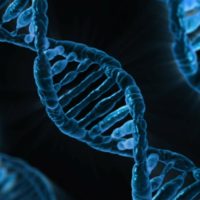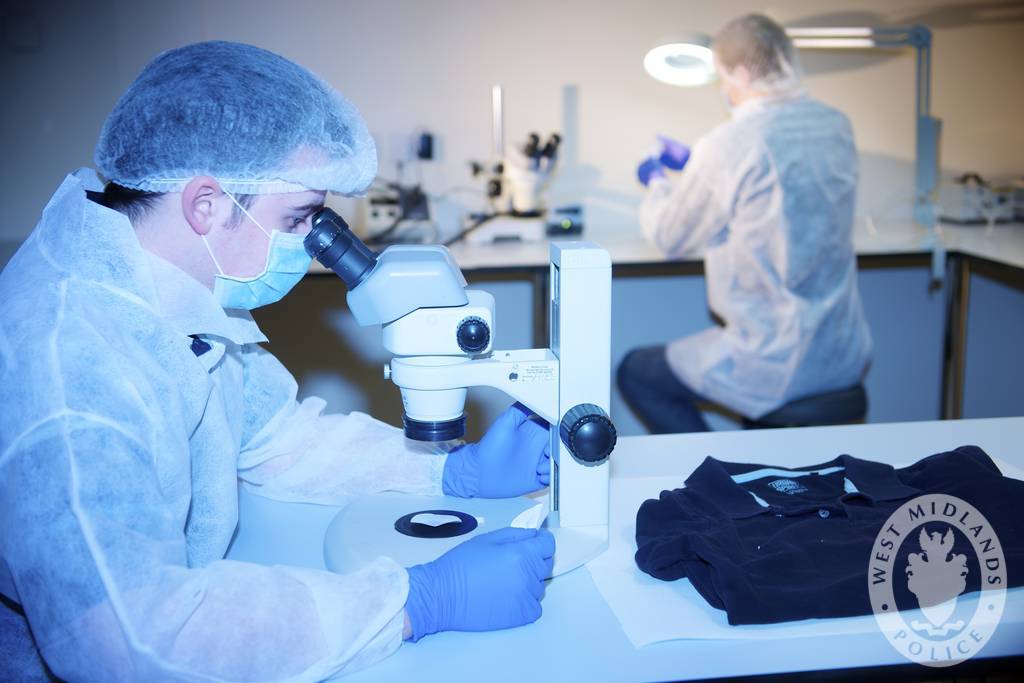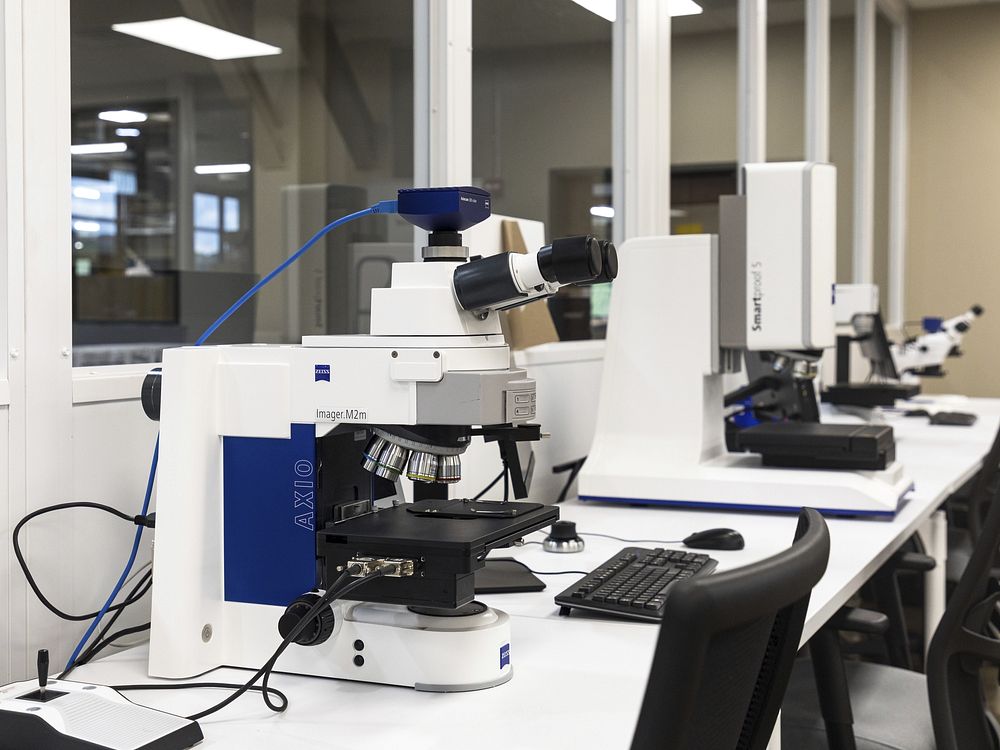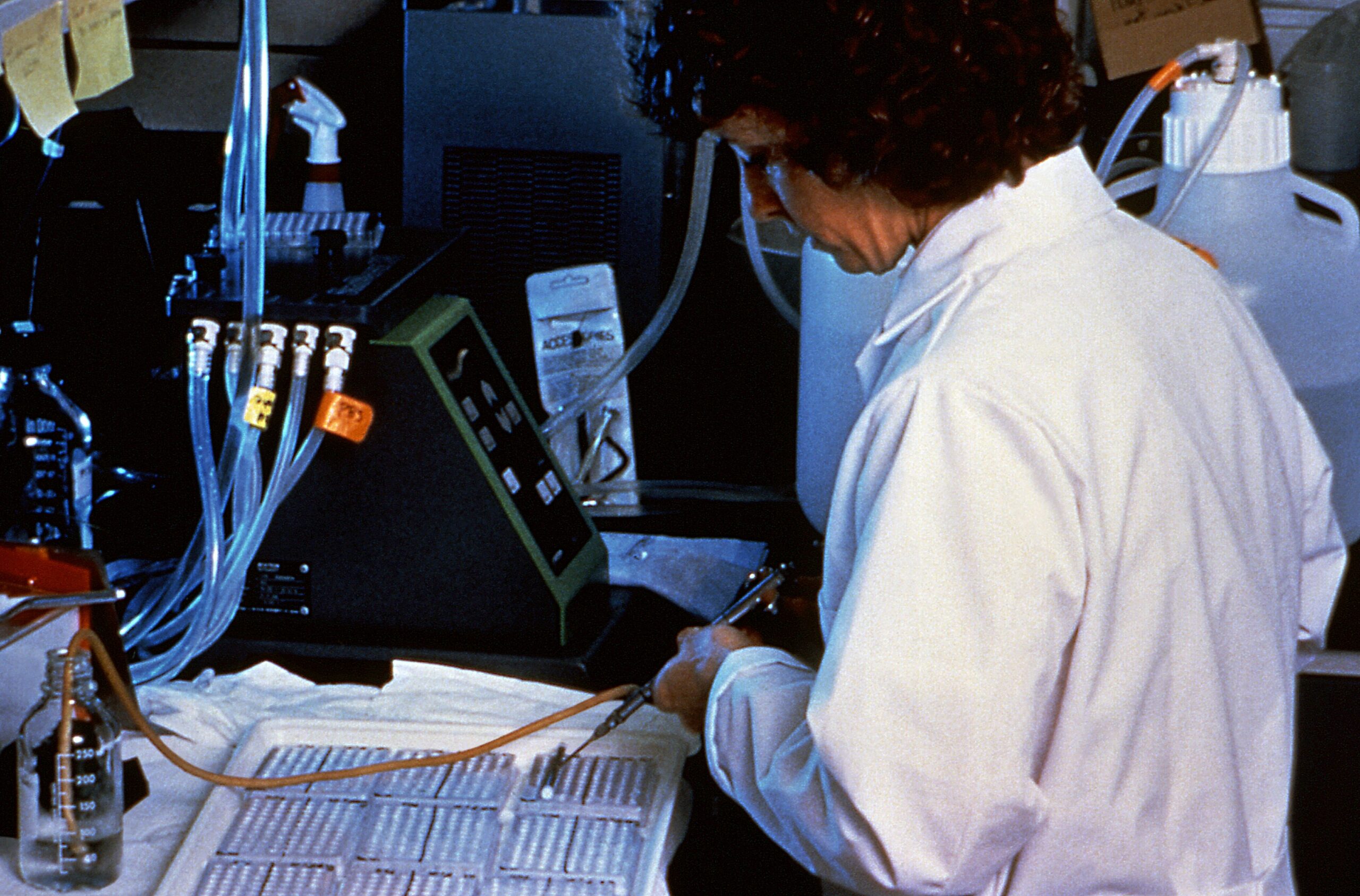Now Reading: Recent advancement in Forensic DNA Typing: From probabilistic genotyping to Next Generation Sequencing
-
01
Recent advancement in Forensic DNA Typing: From probabilistic genotyping to Next Generation Sequencing

Recent advancement in Forensic DNA Typing: From probabilistic genotyping to Next Generation Sequencing
The emergence of DNA typing has been a significant advancement in forensic science since the early 1980s. Standard STR analysis based on capillary electrophoresis has been the accepted method for individual differentiation; however, the limitations of STR profiling have become evident as crime scenes sometimes result in poorly degraded and/or complex samples. Today, forensic geneticists have moved toward probabilistic genotyping and next-generation sequencing (NGS) as a way to better interpret complex biological evidence.
In addition to identification accuracy, these new techniques will also substantially improve the statistical weight of DNA evidence presented in court.
Probabilistic Genotyping: Statistical Advances in Interpreting DNA
Probabilistic genotyping (PG) is an extensive conceptual and practical advance from the traditional threshold-based interpretation of DNA areas of interest (“bands”). Rather than simply determining whether or not a match exists (a binary determination), PG uses statistical models to calculate a likelihood ratio (LR), a measure of the probability of observing a DNA profile under competing, specific hypotheses to the same evidence.
New PG systems, using STRmix™, EuroForMix, and DNAStatistX, are capable of accommodating mixtures of multiple contributors, degraded samples, and the stochastic phenomena in low-template DNA interpretation. The Bayesian-based nature of this process quantifies evidence strength and markedly reduces human subjectivity within the process.
Thus far, probabilistic modelling has increased transparency and reproducibility of conclusions using scientific evidence to examine, clarify and assess evidence evaluations, allowing for independent review of parameters used and assumptions in the modelling process. The procedural and structural integrity of approaches has prompted questions about a “black box” process of using proprietary algorithms, a topic that remains at the forefront of conversation in forensic science.
Next Generation Sequencing (NGS): Broaden the genetic landscape
NGS technology has changed the way forensic DNA typing is done by allowing for the simultaneous sequencing of thousands of genetic markers. In contrast to STR profiling, which examines the loci targeted, NGS describes the detection of not only sequence variation within STRs but also by examining single-nucleotide polymorphisms (SNPs), mitochondrial DNA and microhaplotypes.
By detecting the above variation, not only does NGS greatly improve discriminatory power, but it also permits analysis of highly degraded samples as well as in species other than humans. In the forensic context, NGS has been utilised for:
- Mixture deconvolution, resolving complex samples
- Ancestry and phenotype prediction, providing leads for investigative efforts.
- Simultaneous detection of STRs and SNPs streamlining processes.
Despite these advancements, validation and standardisation across laboratories needs to be very carefully considered to avoid the possibility of the sequencing results not being available, or not acceptable in court.
Ethical and Legal Issues:
The greater genomic depth that NGS and probabilistic software provide creates ethical quandaries regarding privacy and how genetic data may be used. For instance, ancestry prediction and phenotype reconstruction may produce sensitive genetic data IMOs which disentangle notions of identity and invoke ethical quandaries about consent and proportionality. Moreover, algorithmic opacity embodied by PG software highlights a demand to shift toward developing open-source models which can instil transparency and accountability in judicial settings.
Professional organisations such as INTERPOL and ENFSI have emphasised the necessity of establishing ethical frameworks that can guarantee that our technological improvement proceeds without infringing on the rights of individuals.
Future Directions:
The use of artificial intelligence (AI), paired with machine learning, is on the cusp of automating interpretation and enhancing reliability in DNA mixtures. In conjunction with portable sequencing platforms, this may eventually allow real-time forensic identification at the crime scene. Future studies should also seek to develop international data standards and an agreement for reporting to provide consistency across jurisdictions (Coble & Bright, 2019).
Conclusion:
Forensic DNA typing is on the leading edge of a technological revolution. Probabilistic genotyping has enhanced statistical interpretation, and next-generation sequencing has increased analytical capability in greater breadth than traditional STRs. Together, they mark a shift toward a more data-rich, accurate, and interdisciplinary rendition of forensic science. For students, those preparing for the exam, and practitioners, engaging with these innovations is critical—not only for understanding contemporary forensic practice, but also for developing an awareness of the ethical implications that arise from progress.










